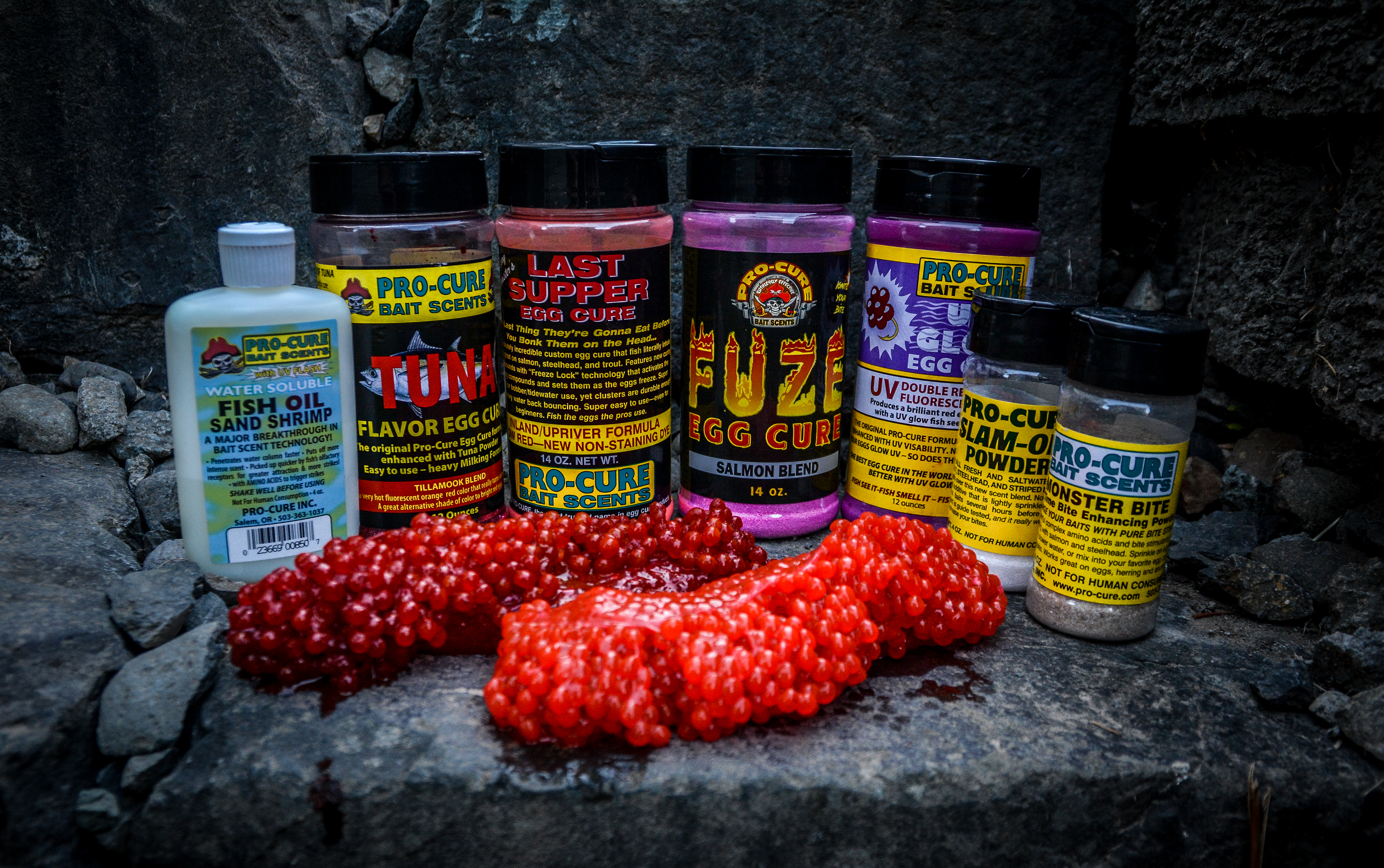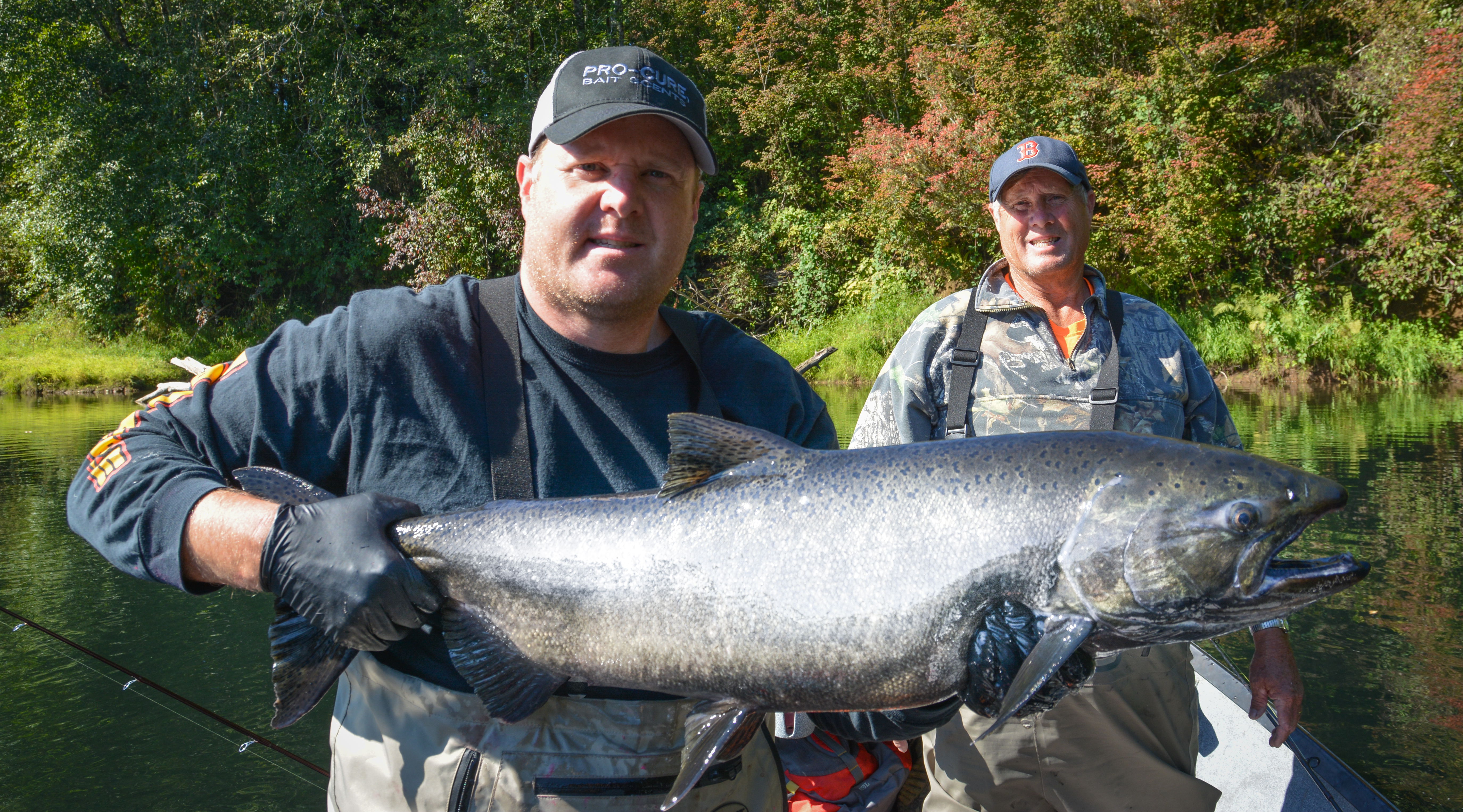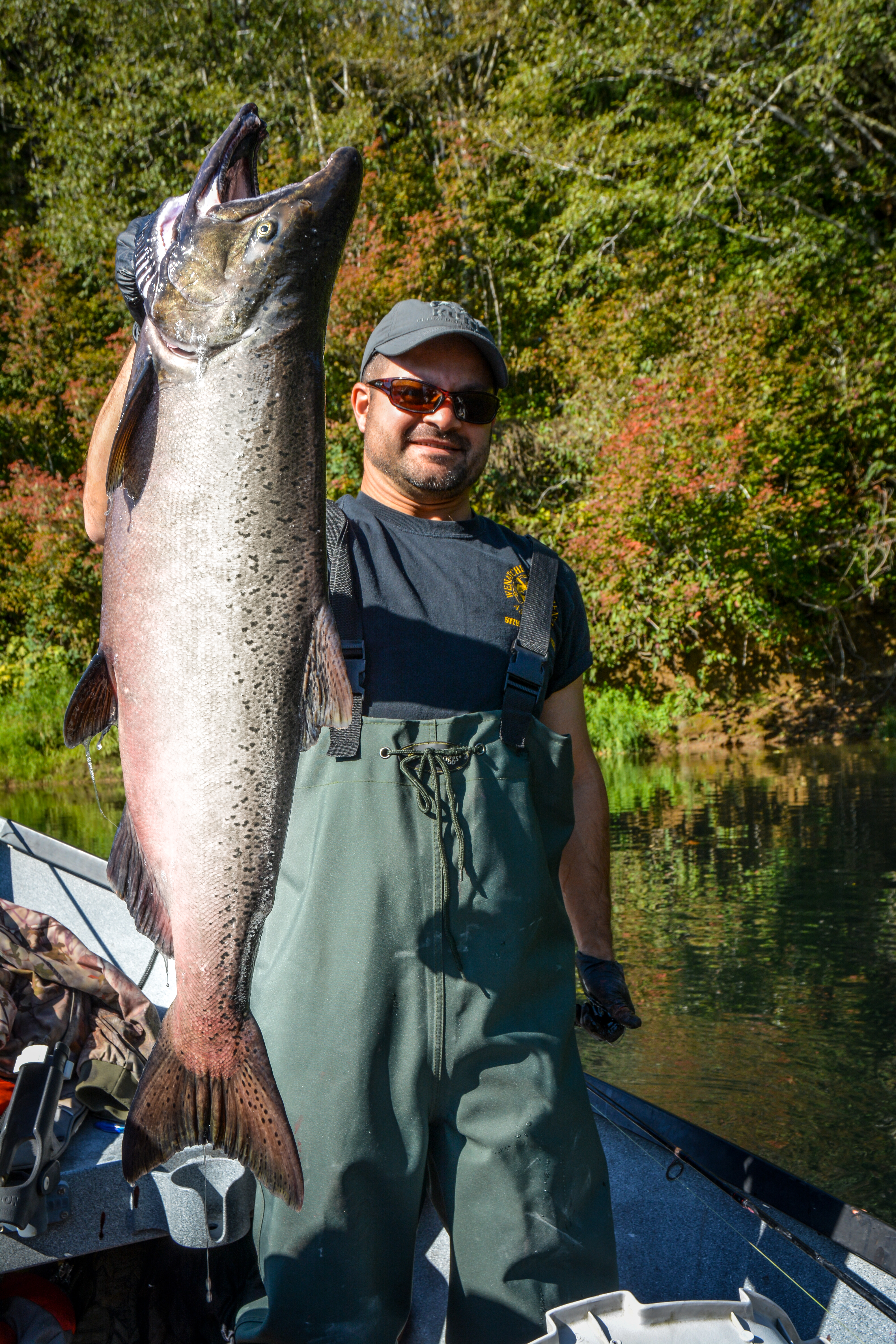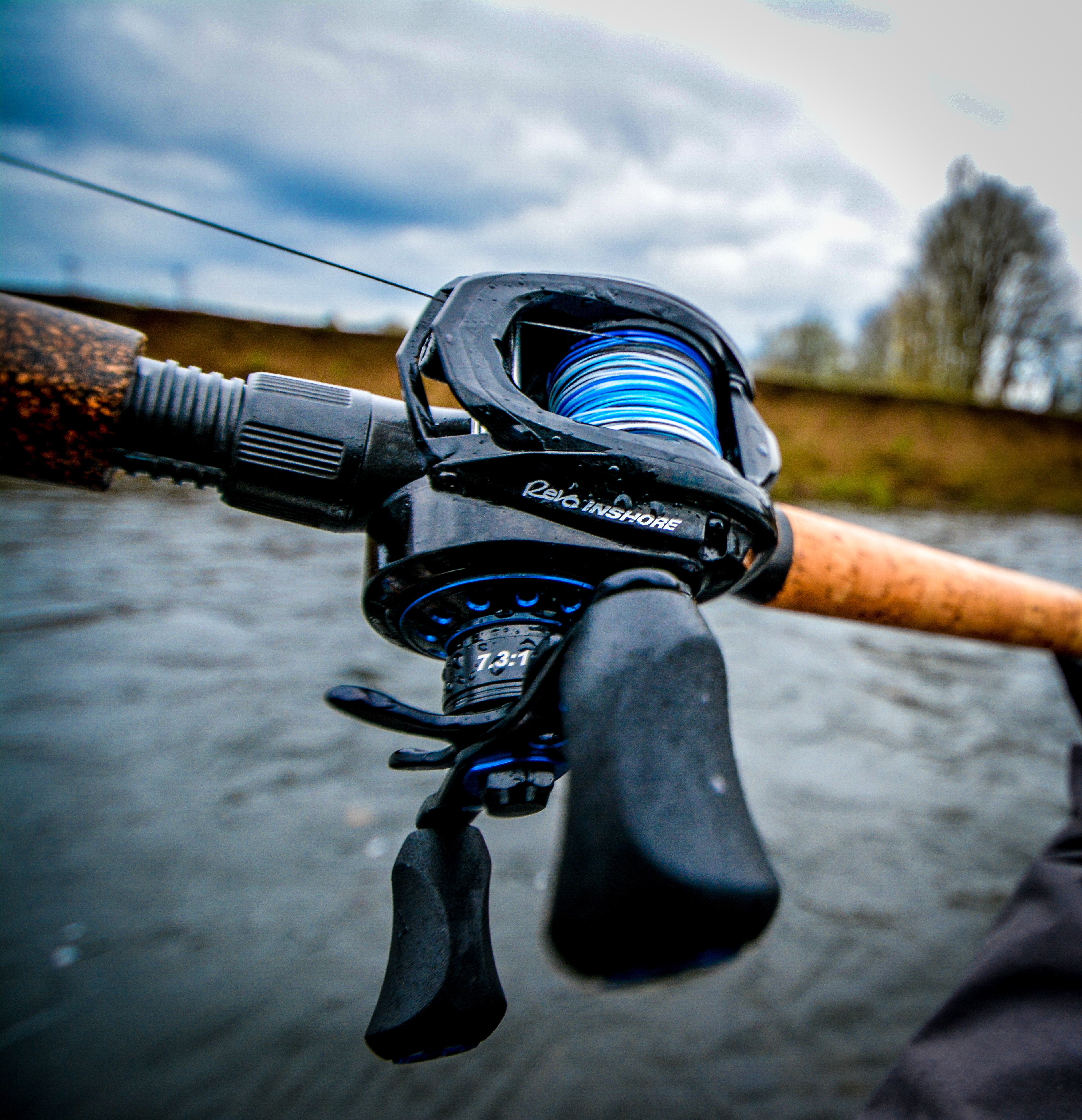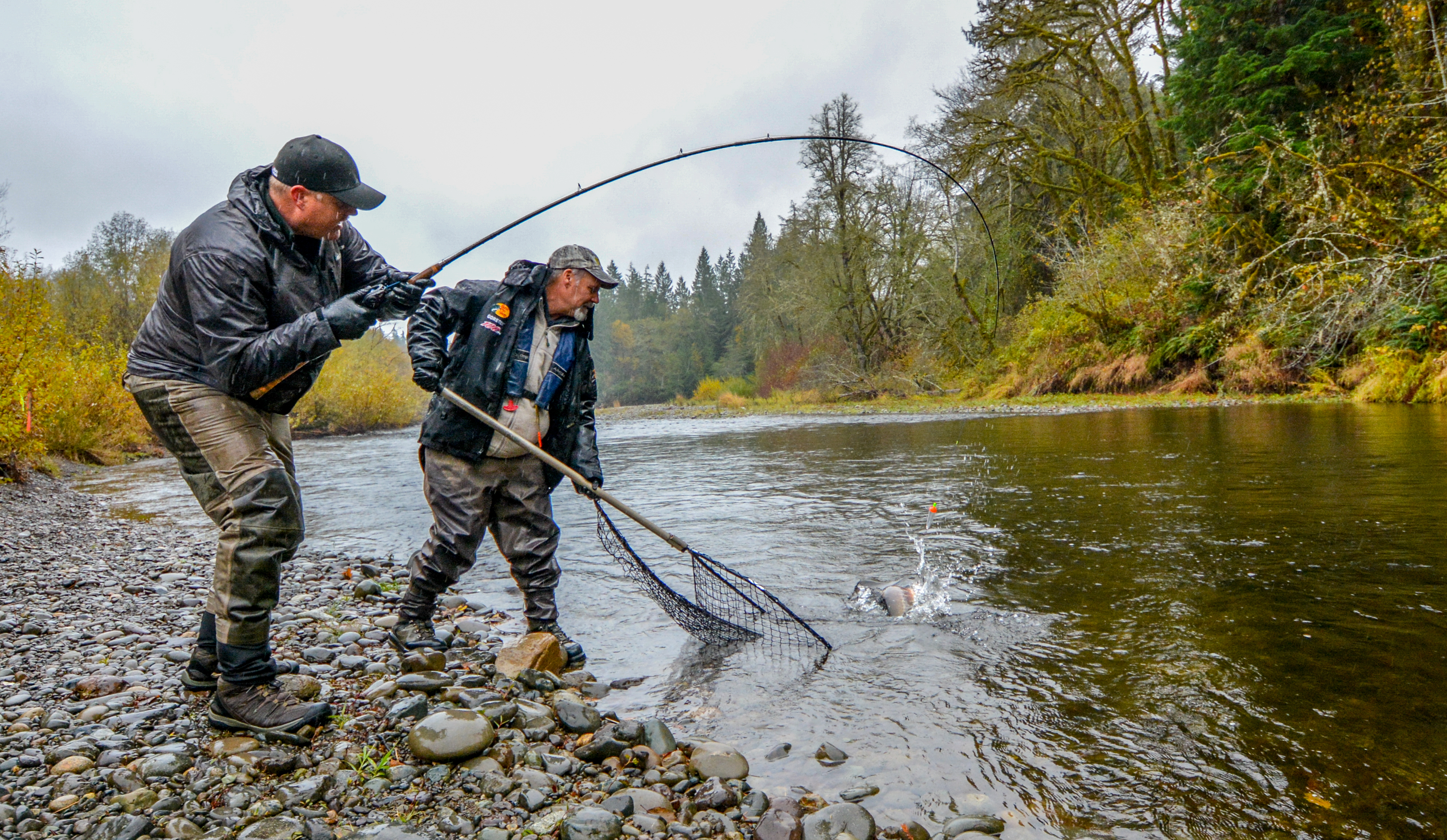Search
Latest Articles
Float Fishing for Fall Kings
by Jason Brooks, September 06, 2018
Starting with the gear, as it is one of the most important parts of fishing this technique. Years ago I started with a medium action 8 ½ foot spinning rod. It worked but it wasn’t the right tool for the job. Most anglers have this set-up so it’s okay to use it but here is why it isn’t the best rod and reel to use. Float fishing is a “finesse” technique that involves some non-finesse gear. Chinook are big and powerful fish. You need to be able to force that fish away from structure. The old 8 ½ foot medium action rod didn’t allow me to turn a fish without either breaking my leader or burning up my reel. More on the spinning vs casting reels in a bit. To float fish properly you need to be able to cast accurately and mend the line, much like a fly angler does. This means a longer rod and a starting point should be at least 9 ½ feet with my preferred rod being either 10 ½ or 11 feet in length and medium-heavy to heavy action. This will allow you to mend the line as well as make a cast easily since the bait can be fragile and still force a big fish away from log jams and leader slicing boulders.
Back to the spinning versus casting debate. The spinning outfit allows you to make cast much easier and when you are fishing a wet egg in slow tidal water this is a plus. But the drag system of a spinning reel is about half of what a casting reel can do. Again, these are big and powerful fish and in the past few years I’ve made the switch to using a casting outfit. This truly does come down to personal preference and what you can easily fish with. The ease of casting with a spinning outfit or the powerhouse of a casting outfit. Either way be sure to use the right reel size, line, floats, weights and baits as it is a complete system.
Mainline should be braid, Dacron, or a mix of both such as some special branded floating lines. Suffix 832 braid has one strand of Gore-Tex which makes it waterproof and floats easily. Other lines such as the Izorline braid is super tough and strong with the thin diameter. You can also add a floating or line protectant to it such as gink (found at your local fly shop as this is a fly line dressing for floating lines) or wax. A stick of unscented chapstick or other wax, even candle wax or bow string wax found at an archery shop works great. The mainline should be high-viz so you can see what it is doing at all times.
A few years ago I took a co-worker out fishing. He insisted on using his own rod and reel, which was spooled with monofilament. I watched his float go down a few times and told him he was missing fishince he had a huge belly in his line and couldn’t set the hook. This was because monofilament sinks and you can’t keep it from forming a belly. Floating mainlines are a must to properly present your bait as well as keep the line taunt and ready to set the hook. Most anglers use 65 to 80-pound braid but 50 pound will work but be aware that it can cut into the guides of the rod and also cut your hands if you try to break it by pulling on it.
Floats are the main “tool” to this type of fishing. For early fall in low and clear water I like the clear floats that have a fluorescent top. Once the fall rains start then the standard black foam with painted top works well. The rating of the float is for how much weight it will suspend, so if you are using a 3-ounce float then you can use up to 3 ounces of bait and weights combined. The best way to tell if you have a good “balance” is that the painted tops of the floats are there for two main purposes. The first is that is the water line or how much of the float should be sticking up out of the water and the second is for visibility so you can watch the float. A properly balanced float only takes a pause in the bait for it to go under the water. Most anglers have an inch or more sticking up out of the water and miss a lot of bites.
I have stood in popular fishing holes with several float anglers standing side by side. Even a few friends were with me and we were using the same bait. But certain anglers didn’t catch a fish all day while others caught several fish in a row. Even between my friends and myself the difference was drastic enough that I had to stop and tell them that they are getting bit they just needed to add more weight. If you have ever “hover fished” then you know that Chinook often will only mouth the baits and not fully bite them. That pause is all it should take for the float to go under and you set the hook. This is the number one mistake that float anglers make, leaving too much of the float out of the water.
For bobber stops I like the small rubber ones as they tend to go through the rod guides much easier. The nylon slip-knot style works well and are inexpensive. Be sure to use a bead under the bobber stop and I also use a small corky in a contrasting color. This will tell you if your bait and weight is tangled or fishing. When the corky is pulled tight to the float the bait is properly suspended below.
Adjust the length so the bait is just off of the bottom of the river. Chinook tend to stack up and holding fish will use the slower currents near the bottom of the river to rest. Fish further up in the water column tend to be on the move and less likely to bite.
Some anglers use a snap swivel with the mainline tied to one end and the leader tied to the other with the snap used to connect the weight. Another option is to use a slip weight or egg sinker on the mainline. This way if the person with the net misses the fish but the weight tangles then the fish can pull and not be lost. Leader material needs to be stout but also not visible to the fish. Fluorocarbon is best used when the water is low and clear but a clear monofilament works well to. Most leaders are 20 to 25-pound test. If you can use more than one hook, then a double hook snell with a 3/0 Gamakatsu Big River and a trailing size 1 Big River is a deadly combo. Most use a single hook as the trailer hook can catch on debris in the river as well as most rivers only allow one single point hook. A few ¼ ounce split shot on the leader helps keep the bait below your main weight for a proper presentation.
Baits vary from where in the river you are fishing including water conditions and tidal influence. I often carry at least two different “flavors” of cured eggs as well as additives such as sand shrimp, tuna bellies, squid and even herring or anchovies. It all starts with the eggs. In slow water or tidal influence brackish waters I prefer a “wet” egg that is soft as it will milk out the best. When I cure my eggs I often add water soluble oils such as Pro-Cure water soluble Sand Shrimp as it will penetrate the cell wall of the egg and become part of the bait during the curing process. I also like to use “monster bite” which is a bite stimulant or Slam-O-Powder which is an additive (this can also be sprinkled on just before you start fishing and doesn’t need to be part of the curing process, making it a very versatile additive). In water that is faster and colder I prefer to use harder eggs which I have dried for a few hours just after curing. If you have a “wet” egg but need to adjust it a bit to toughen it up, you can place the eggs in borax which will draw moisture out of the eggs. Chinook in the lower river will still have the urge to feed and getting them to bite can be as simple as adding a chunk of herring or other bait. Upriver fish can be finicky so be ready to experiment with your cures and additives.
The water where you fish can vary when it comes to fall Chinook. It is best just after a rain but if the weather has been clear and dry with the river at a low flow then the fish will be holding in deep holes. This is where the longer rod also helps as you can lengthen your leader and adjust the float and still land the fish. Look for deep holes or holes with structure such as log jams or even overhanging branches and brush. Since fish don’t have eyelids the bite is often best at first light and after the sun has set. Keep this in mind during mid-day. A very popular river I fished for years had anglers standing shoulder to shoulder in the deep holes all day long. I would venture away and find small “pockets” of water where the river had a shadow and found fish hiding from the sun and other anglers. Casting well above the fish the float carried my bait down to them and they couldn’t resist.
When it starts to rain the fish will be on the move. Seems are one of the best places to find fish. One of my favorite holes on the Humptulips is a big back eddy that has the main stem of the river running adjacent to it. I can park the boat early in the morning and target the holding fish in the deep soft water and fish will move past in the river throughout the day. Once the morning “bite” is off I just turned around and started casting into the seem that separated the fast flow and the back eddy. This spot produced a lot of fish for me over the years while other anglers would push off and float down to find more fish I simply waited for the fish to come to me.
Bank anglers can use this technique just as easily as boat anglers. In fact, this is a super easy and very effective bank technique. For those that have to hike into the holes you can keep your gear selection down by committing to float fishing for the day and know you will be successful. Because you are floating your baits you lose very little gear. Most gear that is lost is because of a bad cast or the fish took you into structure. Using a proper rod and reel as well as mainline and leader you can catch these big and powerful fish while never losing a single hook. Once you start float fishing for all Chinook it becomes an addiction, from curing your own eggs to experimenting with different baits and additives. Float fishing for fall Chinook is one of the most rewarding ways to fish. Give it a try this fall.
Jason Brooks hails from North-Central Washington. The son of a fishing guide, Jason is an avid hunter, angler, outdoor photographer and published writer. He resides in Puyallup with his wife and two boys.
